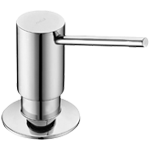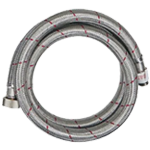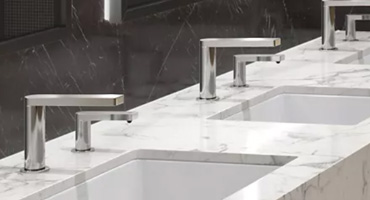Exploring 3D Printing: A Magical Technology Reshaping the Future
3D printing, also known as additive manufacturing, is fundamentally different from traditional subtractive manufacturing. Traditional subtractive manufacturing obtains the desired shape by cutting materials, often accompanied by a large amount of material waste. In contrast, 3D printing, based on three-dimensional model data, stacks materials layer by layer. It's just like building with blocks, and finally constructs a complete entity. This unique manufacturing method endows product design with great freedom and makes it easy to manufacture complex structures.
The origin of 3D printing technology can be traced back to the 1980s. In 1984, Charles Hull invented stereolithography (SLA), a groundbreaking technology that kicked off the era of 3D printing. Since then, various technologies such as fused deposition modeling (FDM) and selective laser sintering (SLS) have emerged one after another. With the rapid development of materials science, computer technology, and automation technology, 3D printing technology has continuously made breakthroughs. Its precision and speed have been greatly improved, and the choice of materials has become increasingly diverse. It has gradually moved from the laboratory to industrial production and daily life.


Today, 3D printing technology has been widely applied in multiple fields. In the manufacturing industry, especially in the aerospace field, 3D printing technology can be used to manufacture high-performance complex components. While ensuring performance, it reduces the weight of aircraft, improves fuel efficiency, and lowers operating costs. In the automotive manufacturing industry, 3D printing technology can quickly produce prototypes, greatly shortening the research and development cycle and enabling new car models to be launched on the market more quickly. In the medical field, 3D printing plays an important role. Doctors can use 3D printing technology to customize personalized prosthetics and implants, improving the quality of life of patients.
With its unique advantages, 3D printing technology is reshaping the future of the manufacturing industry. As the technology continues to develop, it will play an even greater role in more fields and bring more surprises and changes to our lives.






